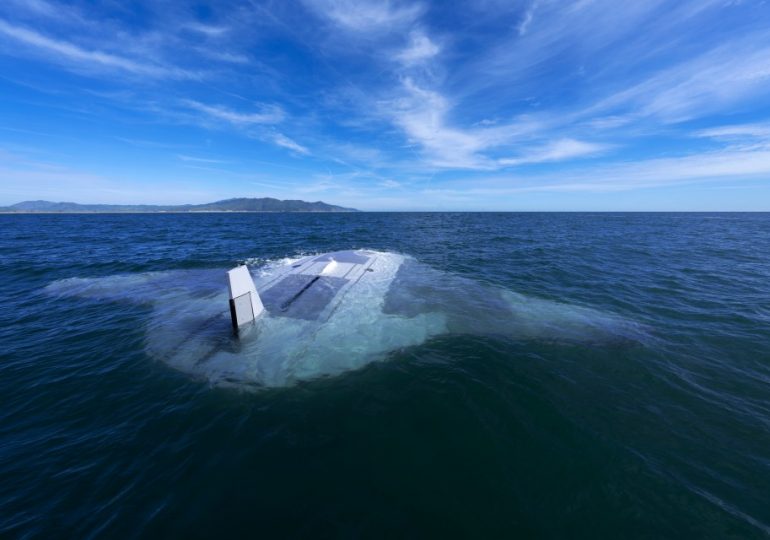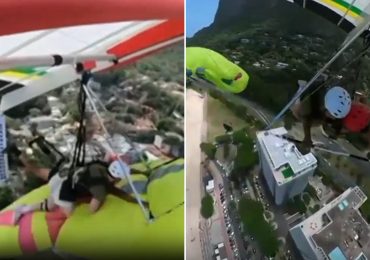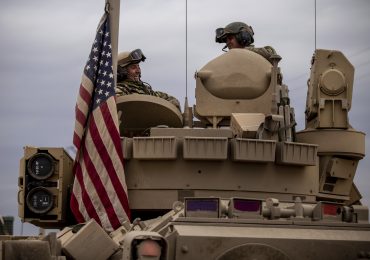A STEALTH sub drone capable of gliding through the depths of the sea undetected has taken to the water for its maiden trial.
The prototype – dubbed Manta Ray due to its likeness to diamond-shaped fish – will be used by the US for long-range missions to snare enemy targets.
SWNSThe prototype completed full-scale testing off the coast of Southern California[/caption]
GettyIt takes its name from the similarly shaped Manta Ray fish[/caption]
Until now, engineers at defence company Northrop Grumman Corporation have kept their pioneering design shrouded in secrecy.
But the uncrewed underwater vehicle has now been unleashed into the waters for testing.
The aerospace firm describe the sub drone as an “extra-large glider that will operate long-duration, long-range and payload-capable undersea missions without need for on-site human logistics.”
Its development is considered a major push forward for underwater drone technology.
The Manta Ray demonstrates an extended range, long-term deployment and a diverse payload capacity.
Thanks to its modular design, it can be dismantled and transported in standard shipping containers – removing the need for dedicated port facilities.
Should there be an urgent threat, the Manta Ray would therefore be deployable quicker traditional subs.
It also has a range of energy-saving functionalities, and is able to anchor onto the seabed and enter a hibernation mode when not involved in missions.
The Manta Ray also features cutting-edge sensors for underwater threat detection and hazard classification, reports Interesting Engineering.
Northrop Grumman Corporation, which has created the sub alongside the U.S. Department of Defense’s Defense Advanced Research Projects Agency (DARPA), tested Manta Ray in February and March.
Trials displayed at-sea hydrodynamic performance, including submerged operations using all the vehicle’s modes of propulsion and steering: buoyancy, propellers, and control surfaces.
Dr Kyle Woerner, DARPA programme manager for Manta Ray, said: “Our successful, full-scale Manta Ray testing validates the vehicle’s readiness to advance toward real-world operations after being rapidly assembled in the field from modular subsections.
“The combination of cross-country modular transportation, in-field assembly, and subsequent deployment demonstrates a first-of-kind capability for an extra-large UUV.”
Northrop Grumman shipped the prototype in subsections from the build location in Maryland to its test location in California.
The demonstrated ease of shipping and assembly supports the possibility of rapid deployment throughout the world without “crowding valuable pier space at naval facilities”.
Dr Woerner added: “Shipping the vehicle directly to its intended area of operation conserves energy that the vehicle would otherwise expend during transit.
“Once deployed, the vehicle uses efficient, buoyancy-driven gliding to move through the water.
“The craft is designed with several payload bays of multiple sizes and types to enable a wide variety of naval mission sets.”
DARPA is engaging with the US Navy on the next steps for testing and transition of this technology.
SWNSDARPA program manager Dr Kyle Woerner (right) talks with a member of the Northrop Grumman team while standing atop the Manta Ray[/caption]
SWNSThe Manta Ray prototype uncrewed underwater vehicle (UUV) is designed for long-duration undersea missions[/caption]
Leave a comment








